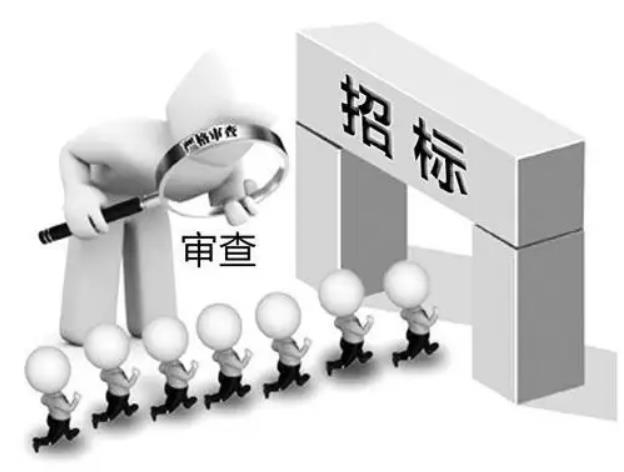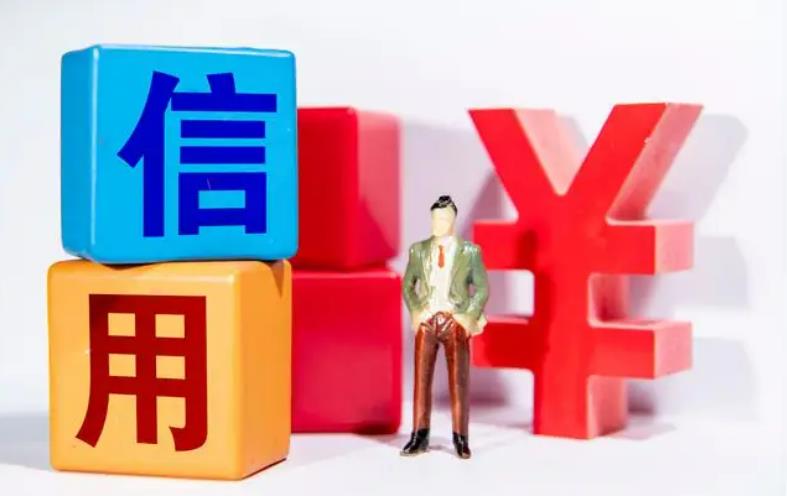我们生活所依赖的大部分能源是来自地下的化石燃料。为此,我们面临着全球变暖、酸雨、臭氧层空洞、水污染和其他许多严重威胁人类后代生存的全球性环境问题。因此,工业发达的国家已经制定了减排目标和严格控制有害物质排放、改善环境的政策。尽管世界各国已经在汽车工业领域寻求了多种保护环境的有效途径,但仍需做出进一步的努力和技术创新。
Itisquiteimpor tantforautoindu strytogetrid of the“pipe-ending”industrial style with massivewaste,consideringthe dryness of suchrarem etalasgold,platinum, and vanadium,aswell assuchrare-eart hasdysprosium and neodymiumthatareind ispensableforvehicle,inorderto balanceautomobile and environment.Inanotherword,automanufacturers,autorecyclers, and otherauto relatedindustries and evengene ralcitizenhavetoj ointogether,organicallyconnecting theso-calledartery and veinindustries,toconstructanidealsustainableautoindustrysociety.
Thosecountrie s with outrecycle system eventhoughtheybr ingvehiclesfr omsuchadvanced countries,as Europe,U.S. and Japanmust promote3R.Itisbecausehighlyvalued ELV,over95% of which isrecycle-able,ispollutingground,air,rivers and oceansbyillegally throwinga wayitsoil and liquid,which leadstotheglobalscaleenvironmentaldestruction.
The artery of theautoind ustryisthede velopment of automobi lewhere bytheymust develop moresafety and recycle-ablematerials and furtherhas tointroduce moredetail eddiscrimination marks of plastics and s of orth.The vein of theautoindustryshou ldworktogether with thea rteryto researchoncapacityr eduction of shredderdust of ELV, and furtherpromotion of reuse of parts and recycle of metal and nonmetalmaterials from ELV.
Inconcreteterms,theautoproductionprocessmust deal with downsizing and weight-reduction, reduce of rawmaterials, and s of orth.Selection of rawmaterialsmust considerreduction and abolition of suchenviron mentloadingmateri alsasheavym etals,Freon,lead,chromium,mercury and cadmium,conversion of airbagmate ialtononesodiumazide,recovery of wornoutparts,life extension of LLC and lubricantoil and high-quality regeneratio nprocessor of them.
Allcountriesmust increasere cyclerate and promoteappro priateproce ssing of ELVstosolvethe aforementi onedproblems.Automanuf acturingindus tryneedst of urtheradvance“Reduce” from theirprodu ctdevelopm entstage,whiletheauto recyclingindust rymust developrecycling system to recoverrecyc ledmaterials and furt herpromot epro duction of recycle dpartswit hguarantee,after inspection of wear-outdamage and cleaning from ELVs.Itis requiredmoreth anbeforeto replace wear-outparts and producem orecleanedre-builtpartsevenpartsarewornoutfromapoint of the promotion of “3R”.
The cur rentautorecyclin gindustryis easilyinflue nced by internationalmarket of recycled materialssot hatitmust hastenglobalization.Asrepresent edbythe Super-line- system of SPN of Japan and the Car-Parts.com of the U.S.A.,e-commerce throughacompute rnetwork system of recyclepa rtsisgettingpop ular.The autorecycli ngindustryhowev erneedstos tepintoglobal businessdeve lopmentusingthec omputernetworkin thefuture.
Itisquitecon trastingthataut orecycledpartsg rowtocaptureo ver30% of autorepair parts marketin North America(U.S. and Canada)comparedwi ththe5~6%in Japan.ARA of the U.S. and ARC of Canadawhotie-up with JARA are enlighteningcons umerstouse“green”autorecycle parts.Itisquiteev identthatwemust furtherstabi lizequality and buildguarantee system for recycled and rebuiltpartsbywi delytakingenlightenment and promotionto autoconsumersto furtherinc reasethesales of them.
Considering thefutureres ourcestrategy and environmentmaintenancein Japan,wecannot ignorethefacttha tsuchlowca rbonvehiclesash ybridele ctricvehicle(HEV)thatcombinesan engine and amotor,pureelectricvehicles(PEV), and fuelcellelectricvehicles(FCEVs)are increasingm orethanaut opartiesexpecte d.Itissaidalltheselow carbonvehi clesconsist of about 10,000parts,usingonl yone-thirdparts inconve ntionalengine vehicle.Japan and otherc ountries which promotelow-carbonsoc ietyconstru ctionarebuil dingsuchinf rastructure aselectriccharge stationsforlo wcarbonvehicl esusingevensuch natural energyasso larpa nelgeneration,window power,etc.
The sezeroemis sionvehicle sareusingsuc hraremet alsasgold,platinumrhodium, and suchrare metalasli thium and neodym iumaswellassilver,lead and basemetal for functional componentsso thatthey areexpec tedtobeincreasingv alueasartificialmi neorurbanminewh entheyen dtheirlife betterthanmob ilephones and houseelectri cappliances.
为了平衡汽车工业发展和环境保护之间的关系,考虑到金、铂、钒等稀缺金属和镝、钕等稀土是汽车不可或缺的材料,汽车必须摆脱产生大量废弃物的“末端治理”工业模式。换句话说,汽车生产商、回收商以及其他相关产业,甚至普通市民都必须参与进来,将“动脉产业”与“静脉产业”有机联系起来,共同构建创新型汽车工业社会。
那些从欧洲、美国、日本等发达国家进口汽车,但没有汽车回收利用系统的国家,也必须推进“3R”发展。报废汽车具有高附加值,其95%的零部件可以回收利用,非法丢弃废油废液会污染土壤、大气、河流和海洋,导致全球性的环境污染问题。
汽车工业的动脉产业的作用是发展汽车,必须研发更安全且可回收利用的材料,必须给出更多用于判别塑料的详细标志,等等。静脉产业必须同动脉产业一道,研究最大程度减少破碎残余物的方法,以及进一步提高零部件再使用率和金属与非金属材料再利用率的方法。
具体而言,汽车生产工艺必须解决小型化和轻量化、减少原材料使用等问题。选取原材料时必须考虑减少或禁止使用铅、铬、镉、汞等重金属和氟利昂等产生环境负荷的材料,将安全气囊的材料换成不含叠氮化钠的材料,修复再使用磨损零部件,延长长效冷却剂和润滑油的使用期限,采用高质量的油液再生利用装置,等等。
为了解决上述问题,所有国家必须提高再利用率,合理优化报废汽车处理工艺。汽车制造业必须在产品研发阶段进一步提出“减量化”原则,同时汽车回收利用产业必须发展再利用材料的回收系统,在对报废汽车零部件进行磨损检测和清洗之后,进一步促进和保障再利用零部件的生产。从推广“3R”的角度出发,相比以前,我们需要通过更多磨损零部件的替换,完成更多清洁零部件的翻新。
目前,汽车回收利用工业很容易受再利用材料全球市场的影响,因此必须走向全球化。以日本SPN的Super-line- system 和美国Car-Parts.com为代表的互联网再利用零部件电子商务平台备受追捧。无论如何,未来汽车回收利用产业必须依托互联网,走向全球化商业发展模式。
不同地区的汽车再利用零部件市场情况差异相当大,北美(美国、加拿大)再利用零部件占据了超过30%的维修零部件市场,而日本却只占5%~6%。美国的ARA、加拿大的ARC与日本的JARA紧密合作,鼓励消费者使用“绿色”再利用汽车零部件。显然,为了鼓励和促进消费者更多地使用再利用零部件,必须进一步保证再利用零部件和翻新零部件的质量,并建立相应的监督保障机制。
考虑到日本未来的资源战略和环境保护,低碳汽车所发挥的超预期作用和地位不容小觑。低碳汽车主要包括同时含有发动机和电动机的混合动力汽车(HEV)、纯电动汽车(PEV)和燃料电池电动汽车(FCEV)。据悉,所有的这些低碳汽车只需要大约10000个零部件,是传统汽车的三分之一。日本和其他大力发展低碳汽车的国家正在为低碳汽车建造充电站,这些充电站利用太阳能、风能等新型能源。
这些零污染汽车也使用金、铂、铑、锂、钕等稀有金属,同时其功能元件也使用银、铅和基础金属。因此,当这些汽车退役之后,将成为人造矿产或都市矿产,比手机和家用电器的附加值还高。
免责声明:以上内容源自网络,版权归原作者所有,如有侵犯您的原创版权请告知,我们将尽快删除相关内容。















